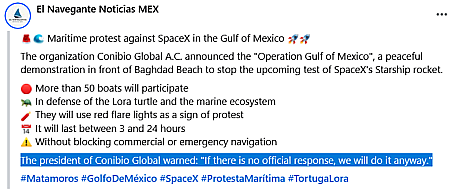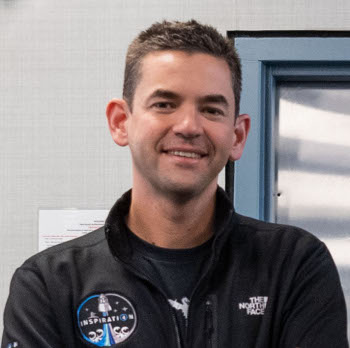India now targeting December for first unmanned test flight of Gaganyaan

Artist rendering of India’s Gaganyaan capsule
According to the head of India’s space agency ISRO, it is now targeting December 2025 for first unmanned test flight of its Gaganyaan manned capsule.
That flight will put the capsule into orbit for several days carrying a humanoid robot dubbed Vyomitra, designed to simulate what a human would experience in the capsule in space. It will be the first of three similar unmanned orbital test flights, leading up to a planned manned orbital mission in 2027.
Though this program has experienced numerous delays and program changes since it was first proposed in 2006, all the pieces have begun to fall into place in the past four years. It now appears that the above schedule is very solid. As long as there are no major test failures, India could launch its first astronauts by 2027.

Artist rendering of India’s Gaganyaan capsule
According to the head of India’s space agency ISRO, it is now targeting December 2025 for first unmanned test flight of its Gaganyaan manned capsule.
That flight will put the capsule into orbit for several days carrying a humanoid robot dubbed Vyomitra, designed to simulate what a human would experience in the capsule in space. It will be the first of three similar unmanned orbital test flights, leading up to a planned manned orbital mission in 2027.
Though this program has experienced numerous delays and program changes since it was first proposed in 2006, all the pieces have begun to fall into place in the past four years. It now appears that the above schedule is very solid. As long as there are no major test failures, India could launch its first astronauts by 2027.












